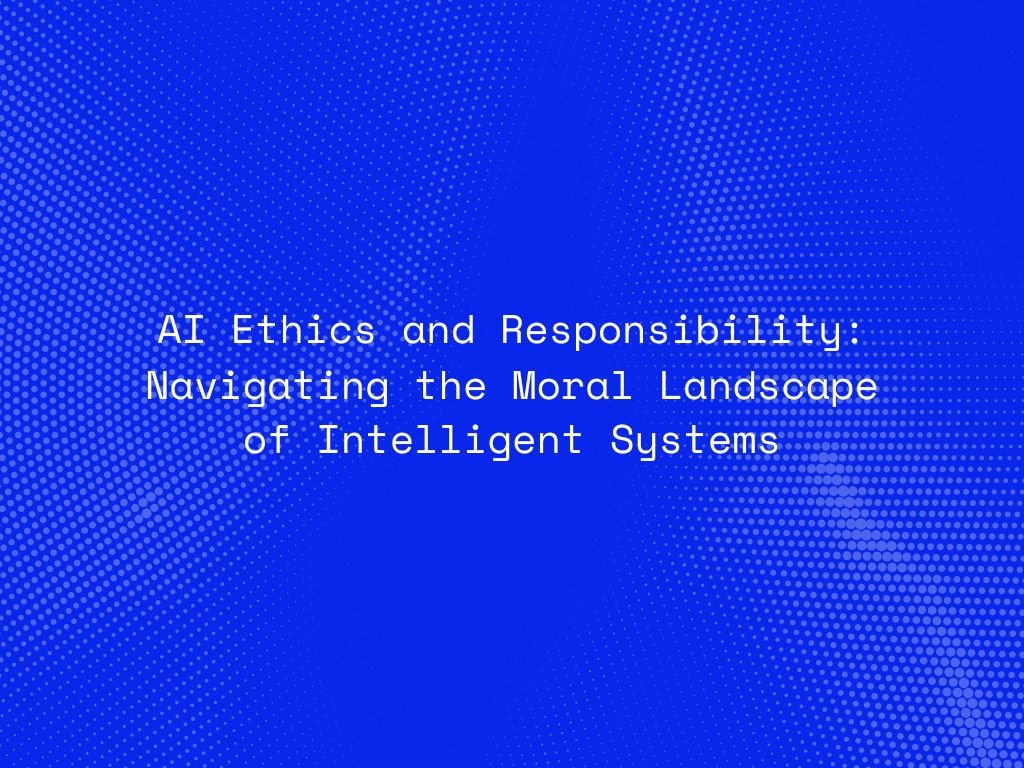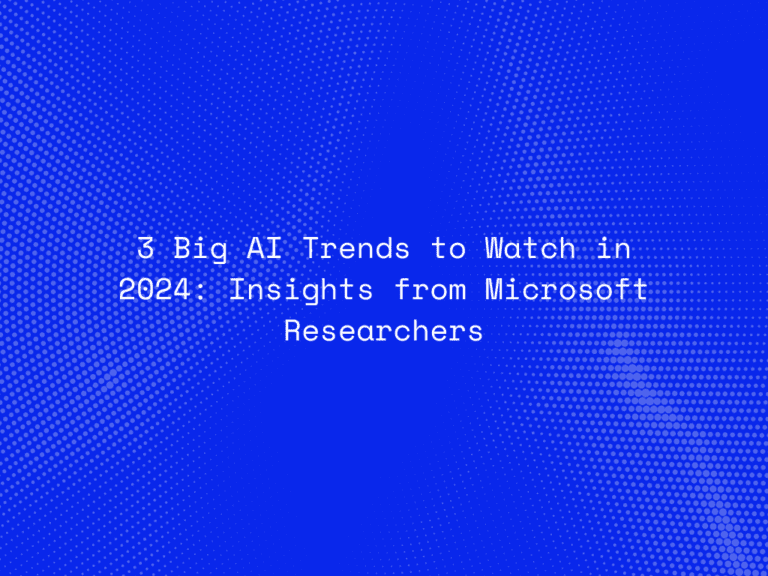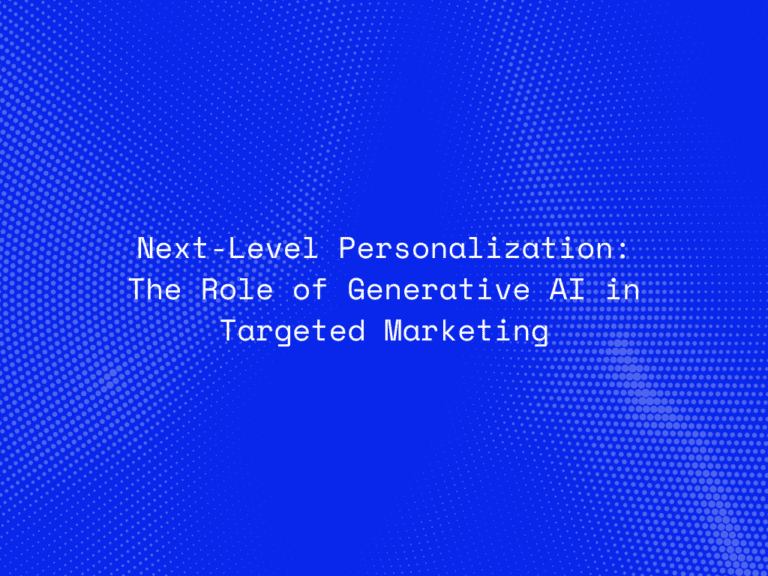As artificial intelligence (AI) continues to advance, transforming industries and redefining human-machine interaction, one question looms large: Can we trust the systems we’re building? From recommendation engines and autonomous vehicles to facial recognition and predictive algorithms, AI systems are becoming more influential—but also more opaque, complex, and prone to unintended consequences.
The urgency of ethical AI is no longer theoretical—it’s practical, societal, and deeply human. In this blog, we explore the ethical foundations and responsibilities tied to AI development, and why a principled approach is essential to ensure these technologies serve the public good.
Why AI Ethics Matters
AI holds tremendous promise for solving some of the world’s most pressing challenges, from optimizing logistics to diagnosing diseases. However, unchecked deployment can lead to discriminatory outcomes, privacy violations, and a loss of human agency.
Ethics in AI is about more than compliance—it’s about aligning technology with values, ensuring AI augments rather than harms society. When an algorithm denies a loan, classifies a resume, or influences parole decisions, it’s not just code at work—it’s a reflection of our collective priorities.
Key Principles of Ethical AI
To responsibly develop and deploy AI, organizations must adopt a framework rooted in core ethical principles:
1. Fairness
AI should not discriminate. However, machine learning models often inherit biases present in historical data. Ethical AI requires detecting, measuring, and mitigating algorithmic bias to ensure fairness across gender, race, and other sensitive attributes.
2. Transparency
Many AI systems function as “black boxes,” offering little visibility into how decisions are made. Ethical AI emphasizes explainability, enabling users and regulators to understand how models reach conclusions.
3. Accountability
Who is responsible when AI fails? Ethical AI demands clear accountability structures, from the developers who build the systems to the organizations that deploy them. When outcomes are harmful, there must be mechanisms for redress.
4. Privacy
AI often relies on personal data to function. Ethical AI must safeguard user privacy, limit data misuse, and ensure individuals give informed consent.
5. Human-Centric Design
AI should enhance human capabilities, not replace or control them. Ethical systems are designed with human oversight, empathy, and autonomy in mind.
Real-World Ethical Challenges in AI
Despite growing awareness, several challenges continue to hinder ethical AI implementation:
-
Bias in Training Data: Biased datasets result in discriminatory outcomes, as seen in AI hiring tools or law enforcement applications.
-
Opacity in Decision-Making: Many deep learning models cannot easily explain how decisions are made, reducing trust.
-
Mass Surveillance: AI-powered facial recognition and tracking raise concerns about civil liberties and state overreach.
-
Autonomous Weaponry: AI in military applications opens up debates around lethal decision-making without human control.
-
Deepfakes and Misinformation: Generative AI tools can create realistic fake content, threatening truth and authenticity.

Regulation, Policy, and Corporate Responsibility
Addressing ethical concerns requires both regulatory oversight and corporate responsibility. Governments and international bodies are beginning to act:
-
The EU’s AI Act proposes classifying AI systems by risk and applying strict controls on high-risk applications.
-
Organizations like the OECD and UNESCO have developed global AI ethics principles.
-
Companies like Google, Microsoft, and IBM have formed internal ethics boards and guidelines, though implementation remains inconsistent.
To be truly ethical, companies must embed responsibility into the AI lifecycle, from data collection and model training to deployment and monitoring. This includes conducting ethics impact assessments, establishing bias audits, and engaging diverse stakeholders.
The Path Forward: Building Trustworthy AI
AI ethics is not static—it evolves with technology, society, and use cases. Building trustworthy AI involves:
-
Multidisciplinary collaboration: Bringing together ethicists, engineers, designers, and social scientists.
-
Inclusive data practices: Ensuring representation in the data that trains AI models.
-
Continual monitoring: Assessing AI systems post-deployment to ensure they behave as intended.
-
Public engagement: Involving communities in decision-making about how AI affects their lives.
Ultimately, the goal is to build AI that respects human dignity, autonomy, and rights—technology that reflects our highest ideals, not our worst prejudices.
Conclusion
The journey toward ethical and responsible AI is complex but essential. As AI increasingly shapes how we live, work, and interact, we must move beyond technical prowess to embrace moral clarity. Building intelligent systems without a strong ethical foundation risks amplifying harm and undermining public trust.
We stand at a crossroads where our choices will determine whether AI becomes a tool for empowerment or exclusion. The future of AI is not just about intelligence—it’s about integrity.




